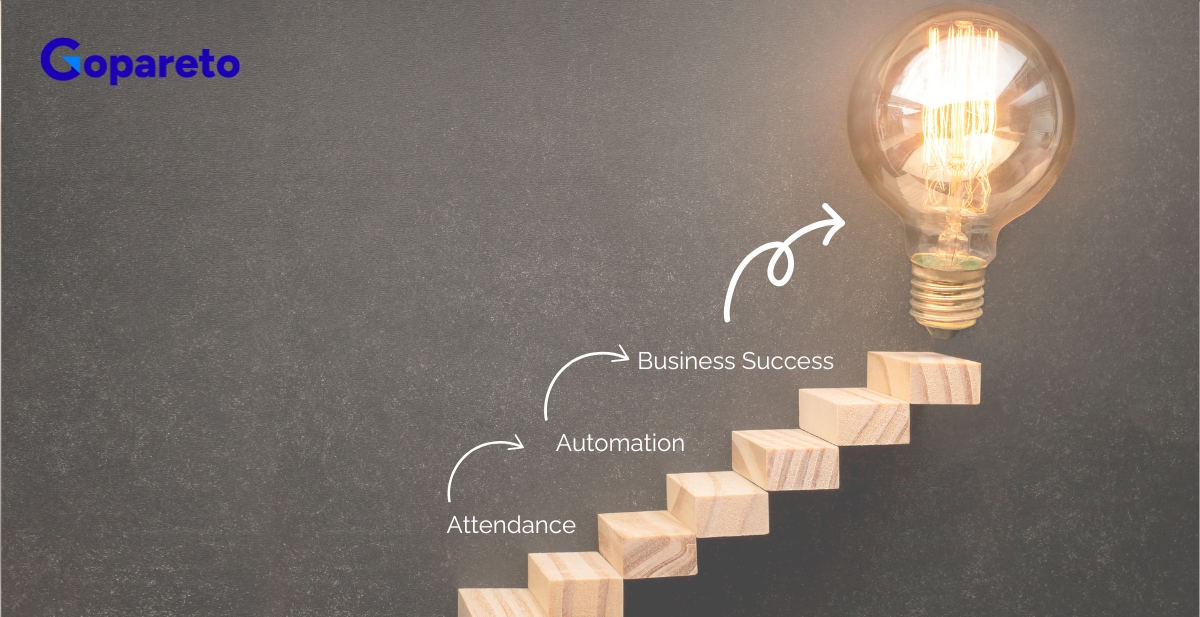Future Trends in Attendance Management
April 5, 2024 | By Gopareto Marketing

Introduction
Management of time and attendance has always been essential to any organization. In addition to guaranteeing that workers are paid correctly, it assists in tracking and monitoring their working hours. The use of technology has improved the accuracy and efficiency of time and attendance management. The time and attendance management industry in India has grown significantly in the last several years. The future directions and forecasts for time and attendance management in the Indian market will be covered in this blog.
Importance of Attendance Management Systems
Software for managing attendance is essential for maintaining compliance, accountability, and productivity in businesses. Through precise monitoring of staff attendance, these systems help companies keep a productive workforce, lower absenteeism, and cut down on time theft. They give businesses instant access to information about worker attendance trends, enabling them to plan their workforce and allocate resources wisely.
Current Challenges in Attendance Management
Traditional attendance management techniques frequently encounter a number of difficulties despite their advantages. Manual procedures take a lot of time, are not scalable, and are prone to mistakes. Flexible scheduling and remote work have also made attendance tracking more difficult. Innovative solutions that can adjust to the shifting dynamics of contemporary work environments are imperative in light of these challenges.
Demand of Biometric Adoption :
Future time and attendance policies will likely see a marked increase in the use of biometric technology. With the use of distinctive physical characteristics like fingerprints, iris patterns, and facial recognition, this cutting-edge method completely transforms the practice of traditional attendance tracking. Its ability to completely eliminate manual tracking makes it appealing because it allows us to envision a future in which authentication is defined by security and precision. Forecasts for the Indian market point to a significant increase in the adoption of biometric technology, suggesting a revolution in workforce management.
Rise of Cloud-Based Software :
In the future, cloud-based time and attendance management systems will occupy a significant position in the industry. Their rise is attributed to their affordability, extreme adaptability, and ability to alter the limitations of on-premise issues. These systems, which enable remote access, enable workers to clock in and out from any location, meeting the increasing demand for flexible work schedules. Cloud-based solutions are positioned as essential instruments for effective attendance management by the real-time attendance visibility, which represents a paradigm shift in the way businesses handle workforce time tracking.
Artificial Intelligence (AI) and Machine Learning
The analysis of attendance data can be automated by AI and machine learning, which can also be used to spot patterns and trends that may indicate possible problems like burnout or habitual tardiness. Managers can use these insights to make well-informed decisions about workforce management and to proactively address issues.
Internet of Things (IoT) Devices
The widespread adoption of IoT devices has the potential to affect attendance tracking by facilitating smooth and automated tracking. Smart ID badges, for instance, have the ability to automatically log an employee's arrival or departure from the office, enabling real-time attendance data to be obtained without the need for manual entry.
With so many new technologies poised to transform workforce management, the future of attendance tracking appears bright. Organizations can stay ahead of the curve and enhance their overall workforce management, accuracy, and efficiency by keeping a watch on these advancements.




